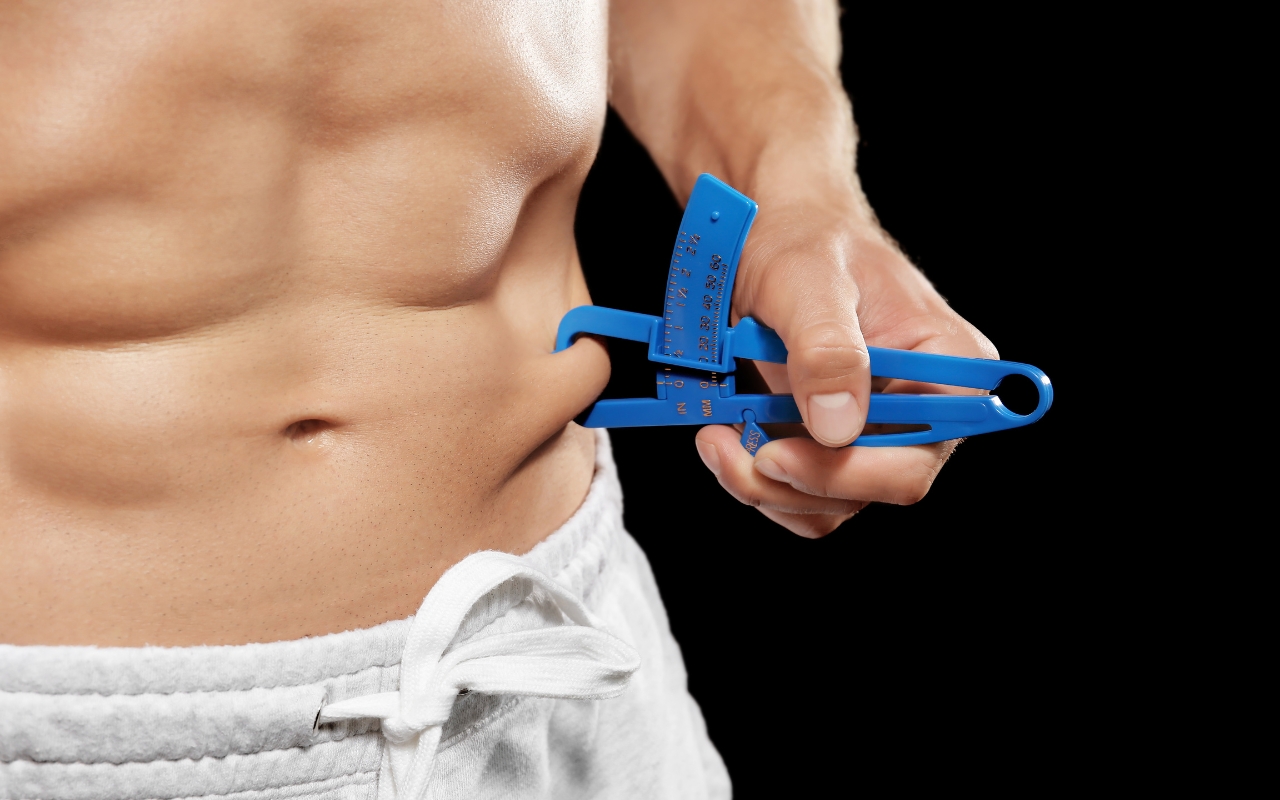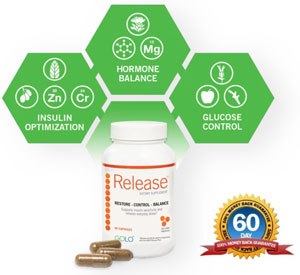Fitness
How can I measure body fat percentage?
Published
2 years agoon
By
mbkteam
Understanding body fat percentage is crucial for anyone looking to get a comprehensive picture of their health and fitness. Far more telling than body weight alone, body fat percentage provides insight into how much of your body is composed of fat versus lean mass, including muscle, bone, and water. This metric can influence everything from your fitness regime to your nutritional choices and long-term health strategies. In this article, we'll delve into what body fat percentage is, why it matters, and the various methods available for measuring it accurately.
The Importance of Body Fat Percentage
Body fat percentage is a critical measure of one's health for several reasons. Unlike the Body Mass Index (BMI), which relies solely on height and weight, body fat percentage provides a more accurate representation of body composition. This metric can help in identifying potential health risks that are not always evident through BMI alone. For instance, a person can have a normal BMI but a high body fat percentage, putting them at risk for conditions like obesity, type 2 diabetes, and cardiovascular diseases.
Conversely, athletes often have low body fat percentages, which are indicative of high levels of fitness and muscle mass. Knowing your body fat percentage can help set realistic health and fitness goals, track progress over time, and adjust your fitness regime and diet accordingly.
Methods for Measuring Body Fat
There are several methods for measuring body fat percentage, ranging from simple, at-home techniques to more sophisticated medical tests. Each method has its own advantages and limitations, so let's explore them in more detail.
Skinfold Calipers
Skinfold calipers, also known as plicometers, are one of the most accessible and cost-effective methods for measuring body fat. This technique involves pinching the skin at specific points on the body to measure the thickness of the subcutaneous fat layer. These measurements are then plugged into a formula to estimate overall body fat percentage.
While calipers are relatively easy to use, the accuracy of the results depends heavily on the technique and consistency of the measurements. The Jackson and Pollock formula is one of the most widely used for this method, but there are other formulas like the Durnin and Womersley system for different body types. According to Bodybuilding.com, consistency in measurement techniques is crucial for tracking progress over time.
Bioelectrical Impedance Analysis (BIA)
Bioelectrical Impedance Analysis is another common method for estimating body fat percentage. It involves sending a small electrical current through the body and measuring the resistance. Fat tissue, which contains less water than muscle, offers higher resistance to the electrical current. BIA devices range from handheld machines to full-body scales.
While BIA is convenient and non-invasive, its accuracy can be affected by several factors, including hydration levels, recent food intake, and physical activity. For the most reliable results, it's recommended to follow the device's guidelines strictly and measure under consistent conditions.
Hydrostatic Weighing
Hydrostatic weighing, also known as underwater weighing, is considered one of the most accurate methods for measuring body fat. It involves submerging a person in water and measuring their underwater weight. The difference between their land and underwater weights is used to calculate body density, which is then used to estimate body fat percentage.
Despite its accuracy, hydrostatic weighing is not commonly used due to its cost and the need for specialized equipment. It is mostly performed in research settings or specialized fitness centers.
Dual-Energy X-ray Absorptiometry (DEXA)
Dual-Energy X-ray Absorptiometry, or DEXA, is another highly accurate method for measuring body fat percentage. It uses low-level X-rays to scan the body and differentiate between bone mass, lean tissue, and fat tissue. DEXA scans are quick and non-invasive, providing a detailed breakdown of body composition.
However, this method is also expensive and typically requires a visit to a medical facility. It is often used in clinical settings or by athletes who need precise measurements.
Ultrasound
Ultrasound is a less common but increasingly popular method for measuring body fat. It uses sound waves to measure the thickness of subcutaneous fat at various points on the body. Ultrasound devices can also measure muscle thickness and quantify intramuscular fat, providing a comprehensive view of body composition.
While ultrasound equipment is expensive, the additional cost for body fat measurement capabilities is minimal if the equipment is already available, such as in hospitals. This method offers a good balance of accuracy and convenience, especially when performed by trained professionals.
Body Circumference Measurements
Body circumference measurements involve using measuring tape to record the circumference of various body parts, such as the waist, hips, and neck. These measurements are then used in equations to estimate body fat percentage. This method is simple and cost-effective but less accurate than other techniques, as it does not differentiate between fat and muscle tissue.
Factors Influencing Body Fat Measurements
Several factors can influence the accuracy of body fat measurements, regardless of the method used. Understanding these factors can help you achieve more consistent and reliable results:
- Hydration Levels: Hydration can significantly affect BIA and other impedance-based measurements. Dehydration increases the resistance to electrical currents, leading to an overestimation of body fat percentage.
- Time of Day: Body fat measurements can vary throughout the day due to changes in hydration, food intake, and physical activity. It's best to measure at the same time of day under similar conditions.
- Consistency in Technique: For methods like skinfold calipers and body circumference measurements, consistency in technique is crucial. It's important to measure at the same sites and use the same pressure each time.
- Physical Activity: Recent physical activity can affect hydration levels and muscle volume, influencing the accuracy of body fat measurements. Avoid intense exercise before measuring body fat.
- Equipment Quality: The accuracy of measurements can be affected by the quality of the equipment used. High-quality calipers, BIA devices, and ultrasound machines provide more reliable results.
Healthy Body Fat Ranges
Knowing your body fat percentage is only part of the equation. It's also important to understand what constitutes a healthy range. According to Bodybuilding.com, healthy body fat ranges vary by sex and age:
- Women:
- Obese: Greater than 31%
- Acceptable: 25-31%
- Fit: 21-24%
- Athletic: 14-20%
- Essential Fat Levels: Less than 13%
- Men:
- Obese: Greater than 25%
- Acceptable: 18-25%
- Fit: 14-17%
- Athletic: 6-13%
- Essential Fat Levels: Less than 2-5%
Maintaining a body fat percentage within these ranges can help reduce the risk of various health conditions and improve overall well-being. However, it's important to remember that these ranges are general guidelines and individual needs may vary.
Setting and Achieving Body Fat Goals
Once you know your body fat percentage and understand the healthy ranges, you can set realistic goals to achieve your desired body composition. Here are some steps to help you along the way:
- Assess Your Current Status: Determine your current body fat percentage using one of the methods discussed. This will serve as your baseline.
- Set Realistic Goals: Based on your baseline measurement, set achievable goals. For instance, if your current body fat percentage is 30% and your goal is to be in the “fit” category for women (21-24%), aim to reduce your body fat by a specific percentage over a realistic timeframe.
- Create a Plan: Develop a comprehensive plan that includes a balanced diet, regular exercise, and lifestyle changes. Focus on both cardiovascular exercises and strength training to promote fat loss and muscle gain.
- Monitor Progress: Regularly measure your body fat percentage to track progress. Use the same method and conditions each time to ensure consistency. Adjust your plan as needed based on your progress.
- Stay Motivated: Celebrate small victories along the way and stay motivated. Remember that changes in body composition take time and consistency.
Real-Life Applications and Benefits
Understanding and managing body fat percentage can have numerous practical benefits and applications in everyday life:
Improved Health
Maintaining a healthy body fat percentage can reduce the risk of various health conditions, including heart disease, diabetes, and hypertension. It also supports overall well-being and longevity.
Enhanced Athletic Performance
For athletes, body fat percentage is a key factor in performance. Lower body fat levels can improve speed, agility, and endurance, while maintaining sufficient muscle mass and strength.
Better Body Image and Confidence
Achieving a healthy body fat percentage can lead to improvements in body image and self-confidence. It can enhance physical appearance and provide a sense of accomplishment.
Informed Nutritional Choices
Knowing your body fat percentage helps you make informed decisions about your diet. You can tailor your nutrition plan to support fat loss or muscle gain, depending on your goals.
Personalized Fitness Plans
Understanding your body composition allows you to create personalized fitness plans that target specific areas for improvement. This can lead to more effective workouts and better results.
Conclusion
Body fat percentage is a vital measure of health and fitness that goes beyond weight alone. By understanding and monitoring this metric, you can gain valuable insights into your body composition, set realistic goals, and make informed decisions about your health and fitness journey. Whether you choose simple at-home methods like skinfold calipers or more advanced techniques like DEXA scans, the key is to remain consistent and track your progress over time.
For further reading and detailed guides on measuring and understanding body fat percentage, you can explore resources like the British Heart Foundation and Tom's Guide. These resources offer additional insights and practical tips to help you on your journey toward a healthier, fitter you.













